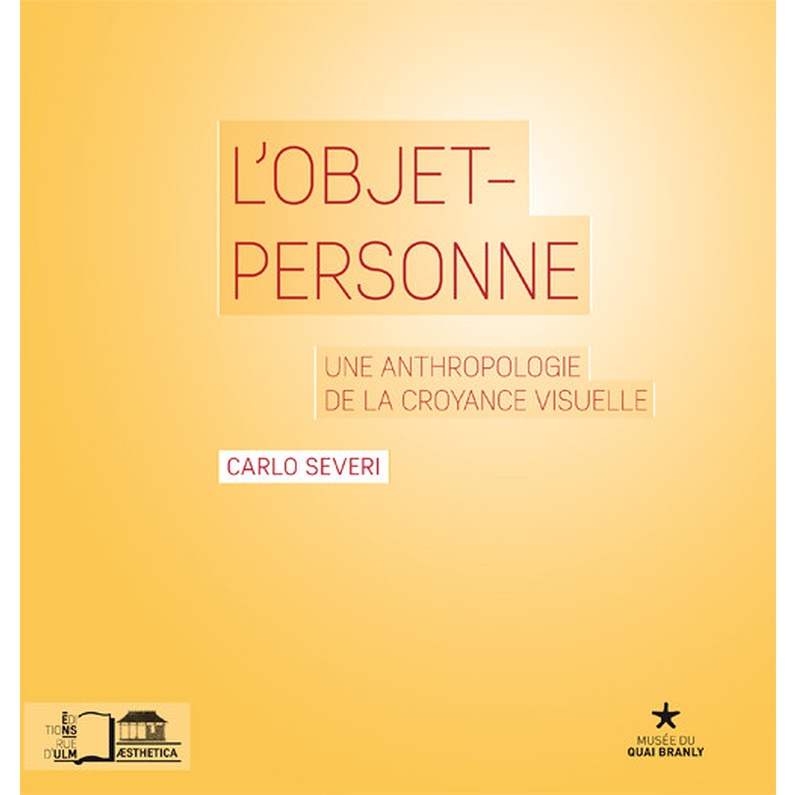Description
"Under what conditions can an inanimate object, in the space of social memory, think, speak or respond to a look? In appearance, the object seems to act like the human being it replaces. Continuing the work begun in The Principle of the Chimera, the research gathered here shows that, when a link of belief is established, the object-person acts in fact in a much more complex way.
In the form of a toy, a ritual statuette, a funerary monument or a work of art, this being animated by thought is closer to a crystal than a mirror. In modern primitivism, an object must always be a work. Carlo Severi makes the opposite choice to consider, on the one hand, the production of images as a fact of species, inseparable from the exercise of the thought (and thus universal) and, on the other hand, "the game of the Western art" as one of the possible games, and not the only one, that one can risk with the image.
To develop this hypothesis, he studies three types of space: abstract, chimerical and governed by the laws of perspective. Within a same culture, and in any culture, cohabit several ontological levels, bound to the exercise of a thought by the image. The anthropology of the memory such as Carlo Severi builds it leads to a general anthropology of the forms of exercise of the thought."
Characteristics
- Number of pages
- 404
- Publication date
- 10/04/2017
- Dimensions
- 19,1 x 20,1 x 2,5 cm
- Categories
- Bookshop & Media, Arts

